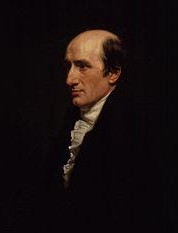-
(b.) -1753 August 03(d.)1816 December 15
Bio/Description
A British statesman and scientist, he was a Fellow of the Royal Society (FRS). Also known as Charles Mahon, 3rd Earl Stanhope, he was the son of the 2nd Earl Stanhope, and was educated at Eton and the University of Geneva. While in Geneva, he devoted himself to the study of mathematics under Georges-Louis Le Sage, and acquired from Switzerland an intense love of liberty. Besides being politically involved, he was an accomplished scientist. Electricity was another of the subjects which he studied, and the volume of Principles of Electricity which he issued in 1779 contained the rudiments of his theory on the "return stroke" resulting from the contact with the earth of the electric current of lightning, which were afterwards amplified in a contribution to the Philosophical Transactions for 1787. He devoted a large part of his income to experiments in science and philosophy. He invented a method of securing buildings from fire (which, however, proved impracticable), the printing press and the lens which bear his name and a monochord for tuning musical instruments, suggested improvements in canal locks, made experiments in steam navigation in 1795?1797 and contrived two calculating machines. When he acquired extensive property in Devon, he projected a canal through that county from the Bristol to the English Channel and took the levels himself. His principal labours in literature consisted of a reply to Edmund Burke's Reflections on the French Revolution (1790) and an Essay on the rights of juries (1792), and he long meditated the compilation of a digest of the statutes.
-
Date of Birth:
1753 August 03 -
Date of Death:
1816 December 15 -
Gender:
Male -
Noted For:
Inventor of two calculating machines -
Category of Achievement:
-
More Info:


